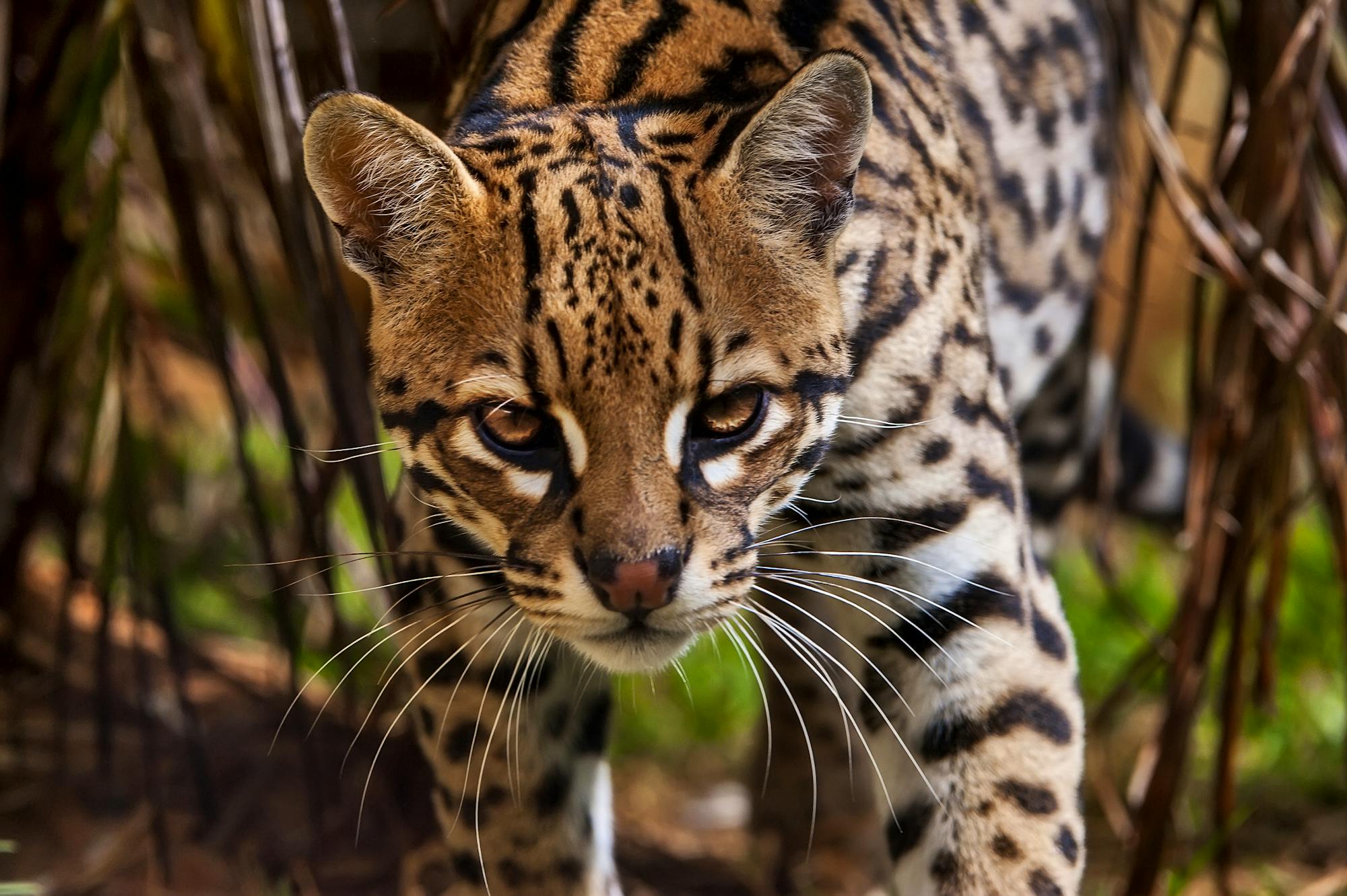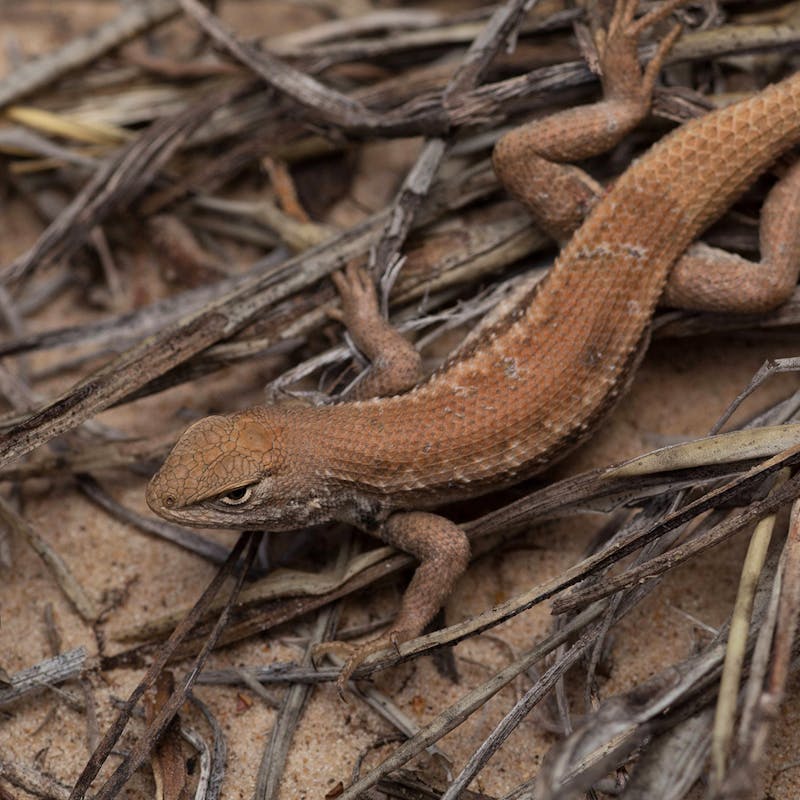Texas hosts an amazing diversity of landscapes—from the dry desert valleys of the Trans-Pecos and the high plains of west Texas through the Edwards Plateau and post oak savannah to the semi-tropical Texas prairies and gulf marshes in the south—but it also leads the U.S. in oil and gas production, threatening these places and the wildlife that live there.
Today’s volatile energy markets—with oil prices continuing to drop as a result of the global pandemic—makes this an opportune time to re-evaluate how we produce and consume energy, because if Texas is going to safeguard its incredible landscapes and wildlife, it must also value its biodiversity. Amid this unprecedented crisis, we have been given a unique opportunity to reconsider whether we want to stay on the fossil fuel path fully knowing it leads to dire consequences for water, wildlife and the upcoming generation that is already here and pleading with us to make better decisions.
What’s at Stake
Fossil fuel energy production, much of which is extracted by hydraulic fracturing, or fracking, begins in the Permian Basin in western Texas. Fracking uses pressurized water, chemicals—among the 200 possibilities include arsenic, benzene, formaldehyde, lead and mercury—and sand to fracture rock. It allows the industry to reach previously inaccessible oil and natural gas, but it uses larger quantities of scarce water and the chemicals contaminate over 10 billion barrels of water a day. This polluted water is typically reinjected underground and over time could move across Texas, contaminating priceless aquifers all the way to the coast.
Permian Basin and the Dunes Sagebrush Lizard
The Permian Basin is home to the dunes sagebrush lizard, found nowhere else on Earth. The sand, considered ideal for use in fracking, happens to be the lizard’s only habitat, and an ever-growing number of well pads and frack sand mining is destroying it. Defenders of Wildlife and other organizations have sought legal protection for the dunes sagebrush lizard for nearly two decades. The Texas comptroller, charged with managing endangered species in Texas along with the U.S. Fish and Wildlife Service (FWS), adopted voluntary conservation agreements with the industry, but vital habitat continued to be destroyed. Defenders and its allies petitioned the government to list the dunes sagebrush lizard as an endangered species. Without legal protection, the survival of the lizard is doubtful.
Texas Hill Country and Salamanders
The oil and gas pipelines that snake from the Permian Basin across central Texas through the limestone ecosystem of the Edwards Plateau place wildlife, water and people at risk. Several salamander species, like the Barton Springs, San Marcos and Texas Blind salamanders, found only on the eastern side of the Plateau—the Texas Hill Country—depend on pristine aquifer waters for survival. But a new natural gas project, the Permian Highway Pipeline, is burrowing under rivers and streams and could cause cracks that shift subterranean and surface water flows. The pipeline route also travels right through the state’s fastest growing urban corridor, along Interstate 35 from Austin to San Antonio and could impact drinking water for millions of people.
Texas Hill Country and the Golden-Cheeked Warbler
Likewise, the pipeline cuts through the oak-ashe juniper woodlands, the only habitat on the planet where the golden-cheeked warbler breeds and will slice through the state’s fastest growing urban counties. A leak or explosion there would have catastrophic effects. Gas leaks could contaminate fresh water for millions of people. Changes in rural well-water have already been detected near the Blanco River. In April, within days of tunneling under the river, about 36,000 gallons of drill water seeped into the aquifer. Impacts from this spill on wildlife living in the cave and aquifer system have not yet been fully realized.
Gulf Coast and Sea Turtles
As oil and gas reach the Gulf Coast refineries, coastal communities and wildlife face additional risks. Environmental and human health impacts in the Houston/Beaumont area are already documented, and further destruction is inevitable given the coastline is dotted by refineries to the Mexican border at Brownsville. Texas coastal waters have been dredged, barrier islands destroyed, dunes diminished and canals dug as part of the energy business that has made Texas so economically powerful. New dredging and coastal refinery development are imminent, creating greater threats to coastal habitat, communities and wildlife.
The Federal Energy Regulatory Commission (FERC) recently approved three new liquefied natural gas (LNG) terminals for the Port of Brownsville. The LNG terminals threaten wildlife habitat along the channel and will have indirect impacts to ocelots and other species that depend on nearby habitat. Plans to deepen this and other ship channels to make way for even larger vessels allow greater volumes of seawater to come inland during tropical storms, potentially flooding coastal towns and migratory bird nesting habitat. Also, salinity in the coastal lagoons can change as a result, impacting the shrimp, fish and oyster industries. Sea turtles may also be affected, as nesting beach sites are inundated, and more turtles are hit by ships in coastal waters.
Where Do We Go From Here?
The industry promise of a dazzling economic future if we just extract more oil and gas in reality contaminates the air, soil and water. Fortunately, state and federal agencies are looking at ways to make Texas more resilient to environmental problems. Municipal and county governments are struggling to determine how much fresh water they can guarantee to communities and agriculture, and this is important at a time when Houston, Dallas-Fort Worth and Austin-San Antonio lead the nation in population growth. In central Texas, landowners and local governments are working together to find ways to maintain the iconic landscapes so valuable for the region’s economy. Coastal communities are striving to protect their towns and fishing and tourism industries from coastal flooding. All the while, in the middle of this tug-of-war, threatened wildlife species quietly suffer on a path to extinction.
Fortunately, we already have the tools necessary to redefine the state’s future when the habitats of endangered or threatened species are impacted, like habitat conservation plans that help balance human and wildlife habitat use. More landowners are using conservation easements as well, to protect vital habitat for years to come. There are also state plans that outline specific approaches to protect the state’s wildlife and vulnerable habitats like the Texas Conservation Action Plan developed by Texas Parks and Wildlife, and the Texas Coastal Resiliency Master Plan, prepared by the Texas Government Land Office, among others. But there is no clear path to integrate the state’s traditional fossil fuel economy with the objectives outlined in each plan.
Defenders is working with local partners to assure goals are linked to day-to-day habitat management. By using satellite mapping in West Texas, we have shown that the oil, gas and fracking companies have continued in the destruction of dunes sagebrush habitat despite their voluntary agreements with the state. Therefore, Defenders is advocating to get the lizard protected under the Endangered Species Act. In the Texas Hill Country, we are collaborating with a network of organizations and landowners to protect the integrity of the aquifers, increase communities’ understanding of their amazing wildlife and preserve the iconic landscape. On the coast, Defenders is cooperating with private and government partners to defend and increase ocelot habitat, including the devastating impacts from the LNG refineries. Across Texas, Defenders is engaged with the renewable energy industry to bolster the state’s efforts toward cleaner energy while safeguarding species and vital habitat.
Yes, our uniquely Texan landscapes and wildlife are severely and immediately threatened, but we have the expertise and tools to rethink our approach to energy production and consumption. Thoughtful balance is paramount if we are to preserve Texas’ biodiversity from the Permian to Padre.














